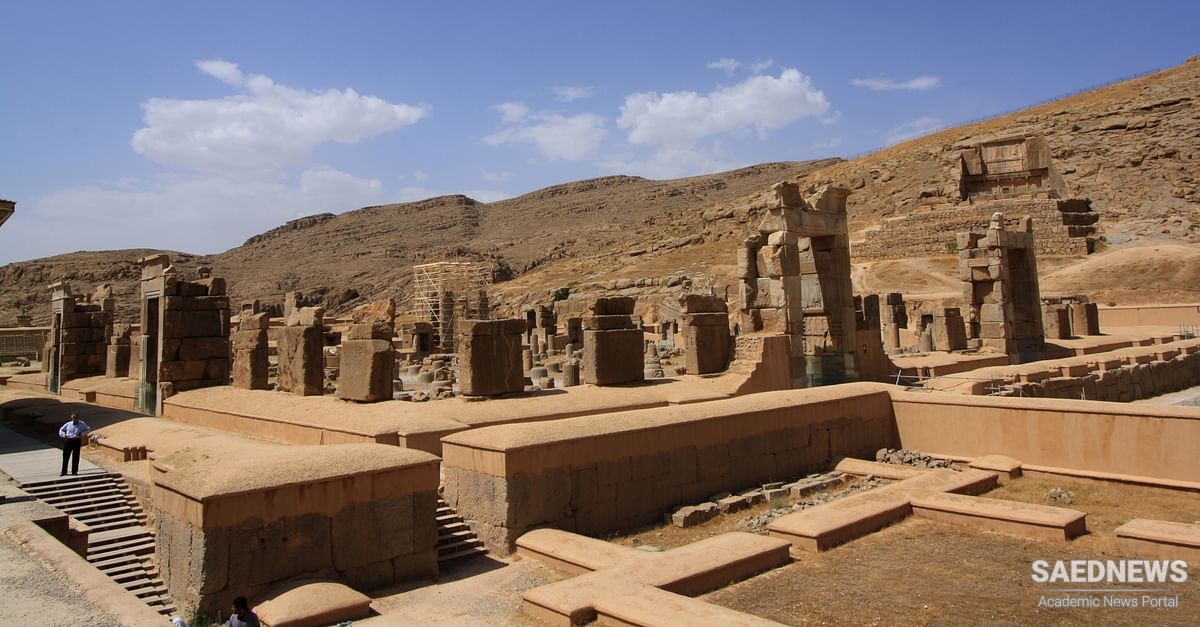It began with the political domination of these areas by Persianspeaking dynasties, first the Achaemenids (c. 558-330 BCE), then the Sassanids (224-65 1 CE), along with their complex political-cultural and ideological Perso-Iranianate constructs, and the establishment of Persian-speaking colonies throughout the empires and beyond. The advent of Islam (since 651 CE) represents a crucial shift in the history of Iran and thus of Persian.
It resulted in the emergence of a double-focused Perso-Islamic construct, in which, after Arabic in the first Islamic centuries, Persian reasserted itself as the dominant high register linguistic medium, and extended its dominance into formerly non-Persian and non-Iranian-speaking territories in the East and Central Asia. The writing system became that of the new dominant religion, and there occurred increasing infusion of Arabic features into the lexicon, phonology and grammar (comparable to the absorption of the Norman component into English). However, throughout the evolution of the literary standards from Early New Persian to Modern Standard Persian the considerable typologcal changes that Persian underwent are due to both internal Persian developments, induding the leveling of regional features, and to the assimilation of expanding areal cross-linguistic typological isoglosses.
Overall, Persian varieties are divided into a Western group mainly in Iran and an Eastern group in Afghanistan and Central Asia, with transitional varieties. The northwestern outpost of Persian is Caucasian Tat Persian spoken in an Azeri Turkic, Caucasian and Armenian environment, with three varieties: (a) M uslim and (b) Jewish (Juhuri) in Azerbaijan and Dagestan, and (c) Christian Armeno-Tat in Armenia.


 Politics of Cultural Tourism: Cultural Expansionism a New Hegemony Strategy
Politics of Cultural Tourism: Cultural Expansionism a New Hegemony Strategy














































